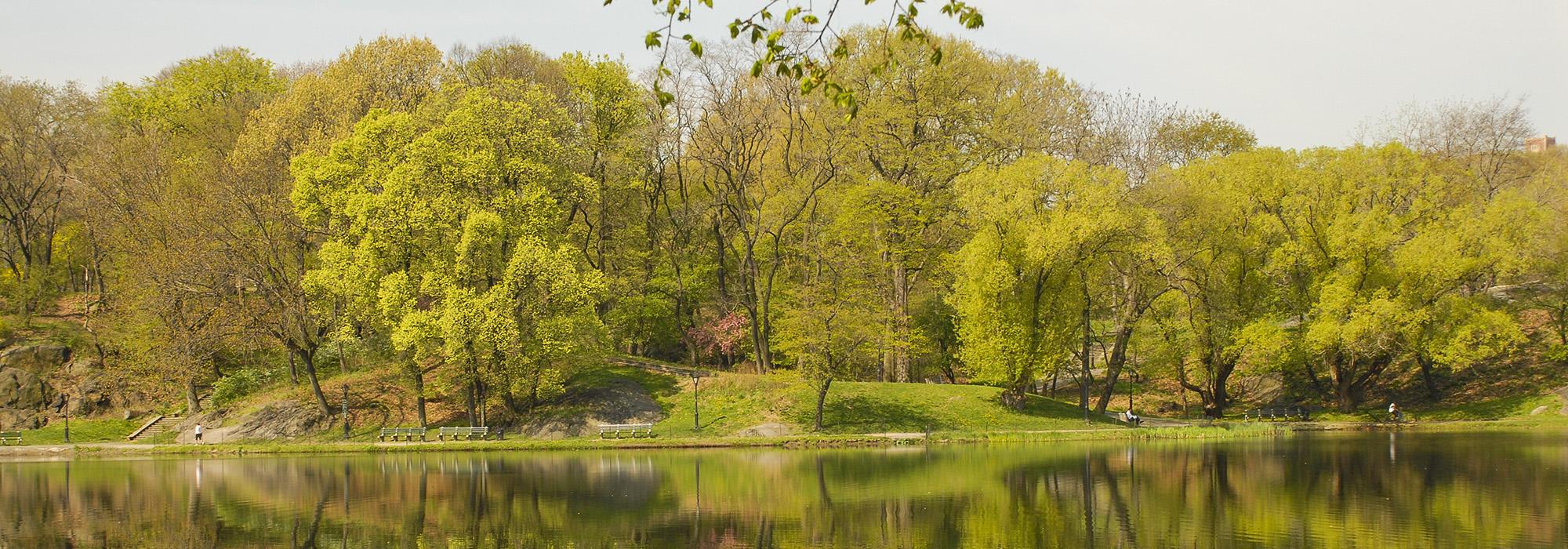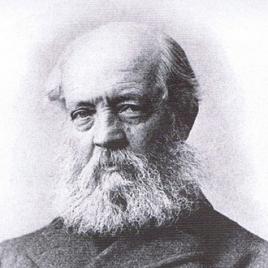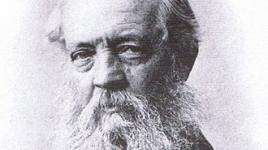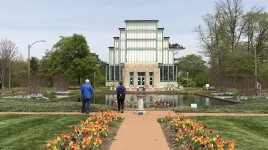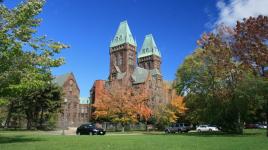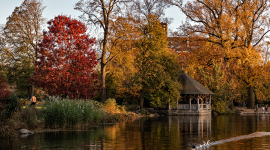Pioneer Information
Unsurpassed in the field of landscape architecture, Frederick Law Olmsted, Sr., defined and named the profession and designed many of America's most beloved nineteenth century parks and landscapes, including New York's Central Park, Brooklyn's Prospect Park, the Biltmore Estate, and the U.S. Capitol grounds. His commitment to public works stemmed in part from his abolitionist stance: by creating elegant and equitable public spaces for all, he hoped to show the inherent beauty possible in a free society. He also hoped to refute the long-held sentiment that the only source of culture was through noblesse oblige, instead insisting that his parks be publicly funded. During his remarkable 40-year career, beginning in the mid-1850s, Olmsted and his partners and employees created the first park systems, urban greenways, and suburban residential communities in this country. He and his colleague, Charles Eliot, were pivotal figures in the movement to create scenic reservations to preserve natural treasures such as Yosemite, Yellowstone, and Niagara Falls. Olmsted contributed to the design of many college campuses and university grounds, including Stanford University in Palo Alto, California. His collaborations with Charles Eliot, Calvert Vaux, Warren Manning, and his sons, John Charles and Frederick, Jr., allowed his influence to continue long past his retirement in 1895.



